Etat des lieux de l’amour
Marcel Devillers
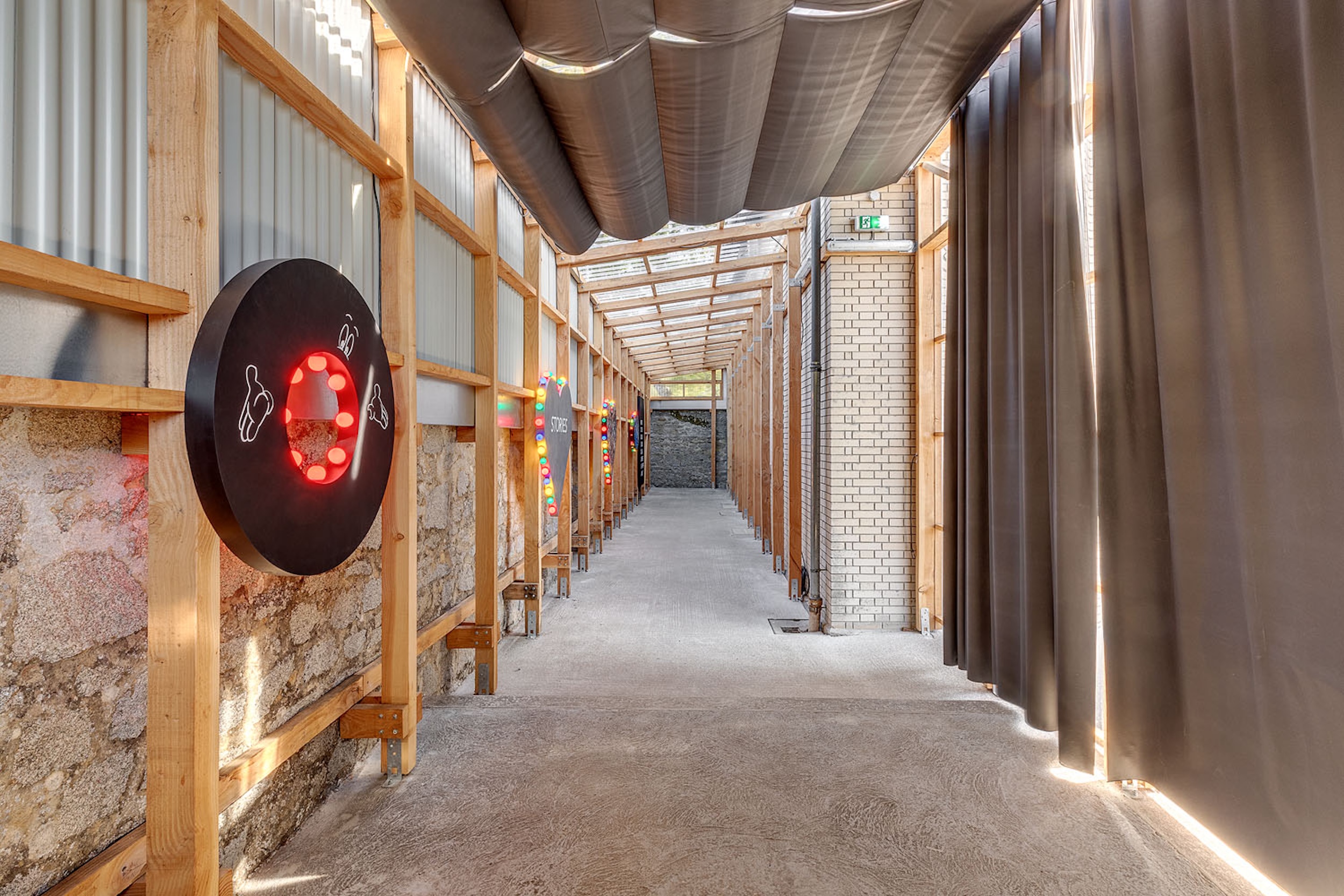
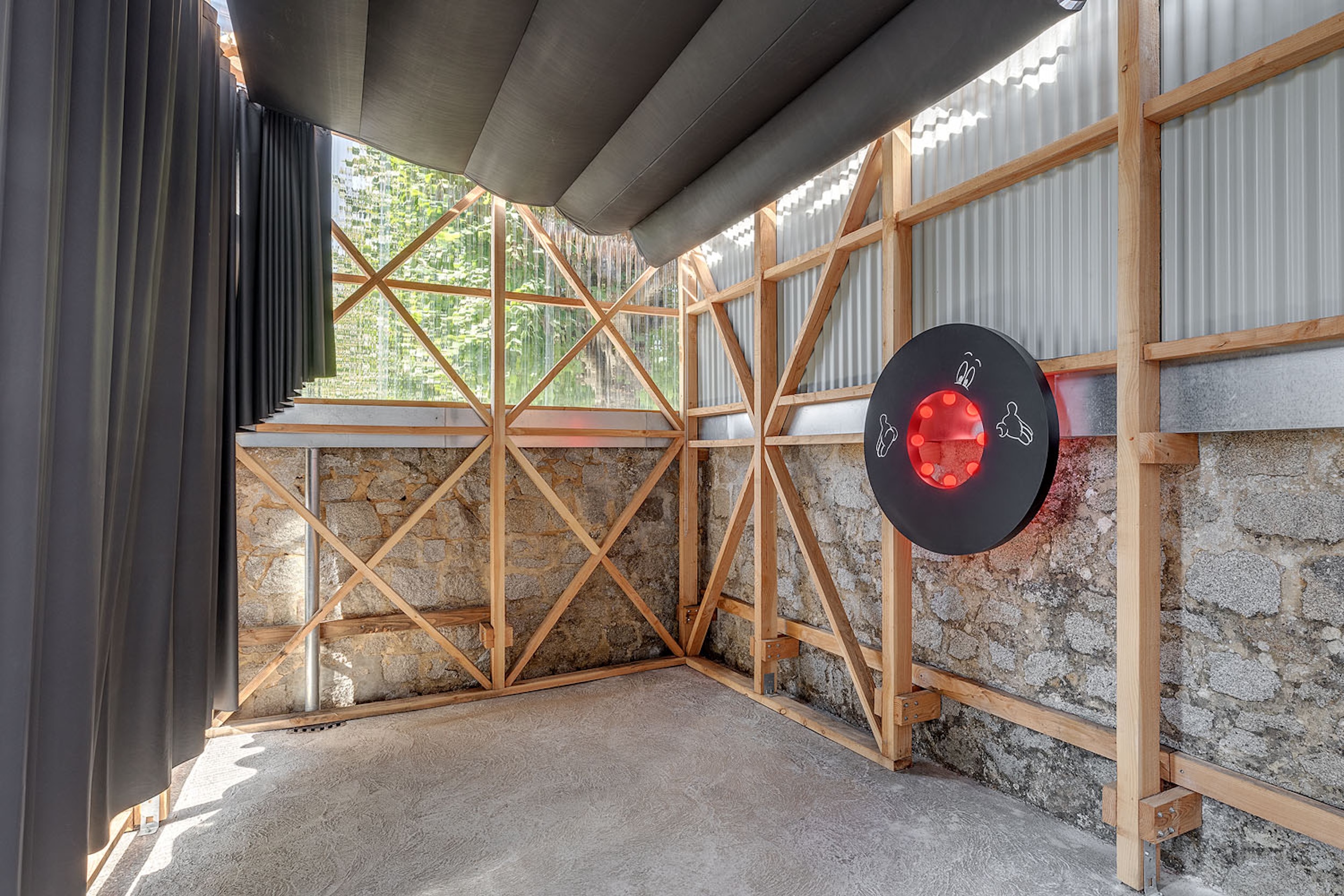
Inconstance de mon corps la nuit, 2018, wood, acrylic, LED, ø 95cm. Photo Romain Darnaud
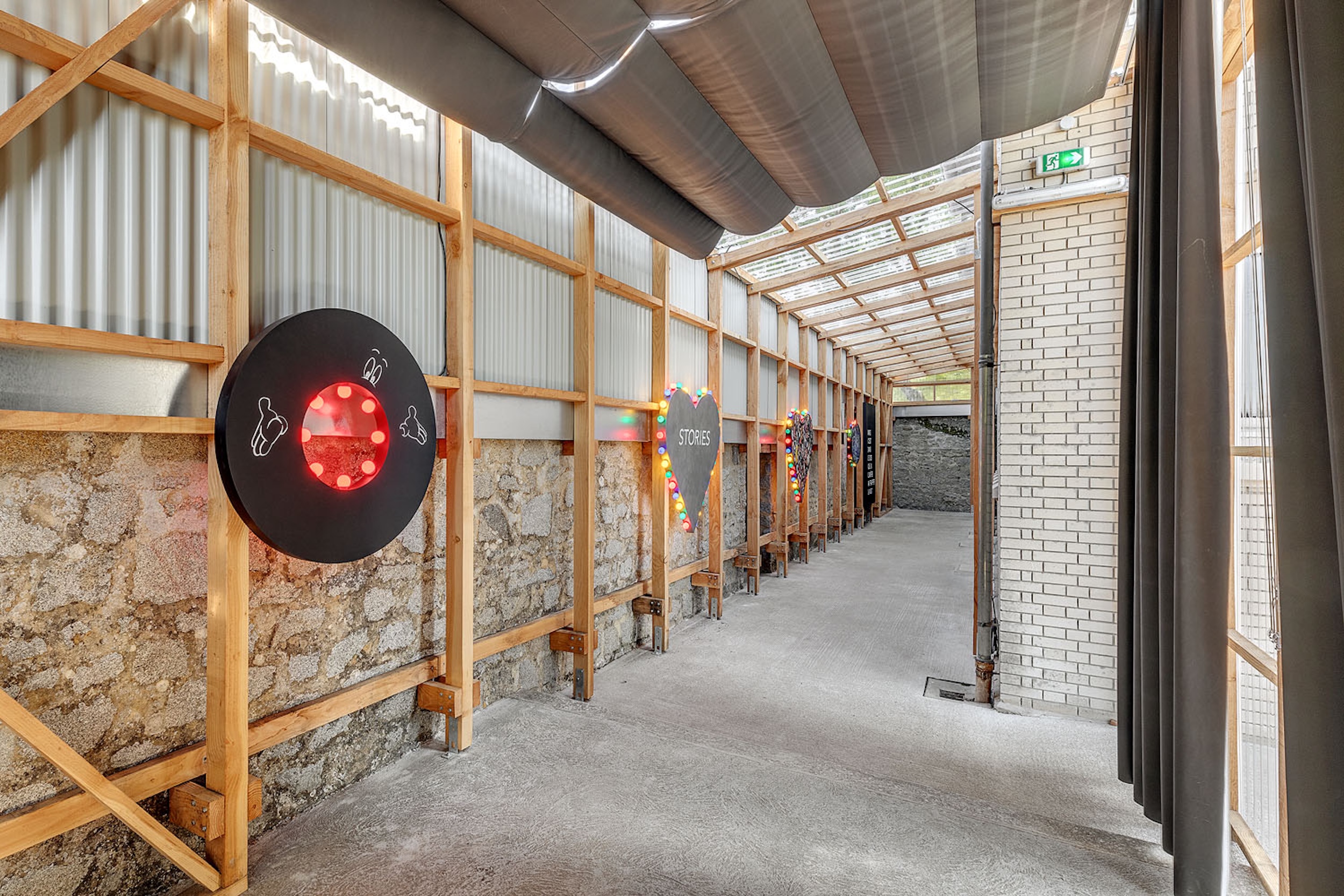
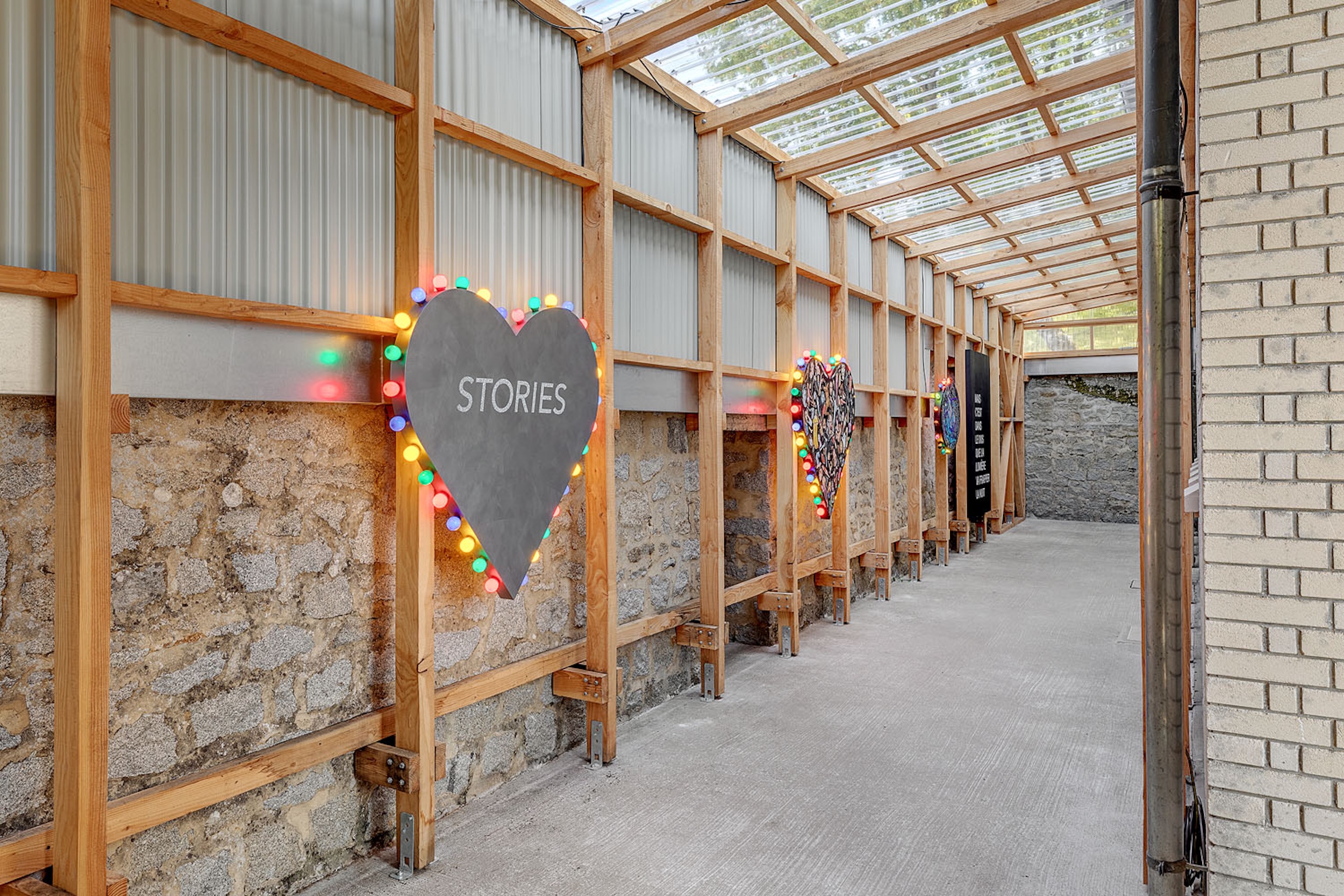
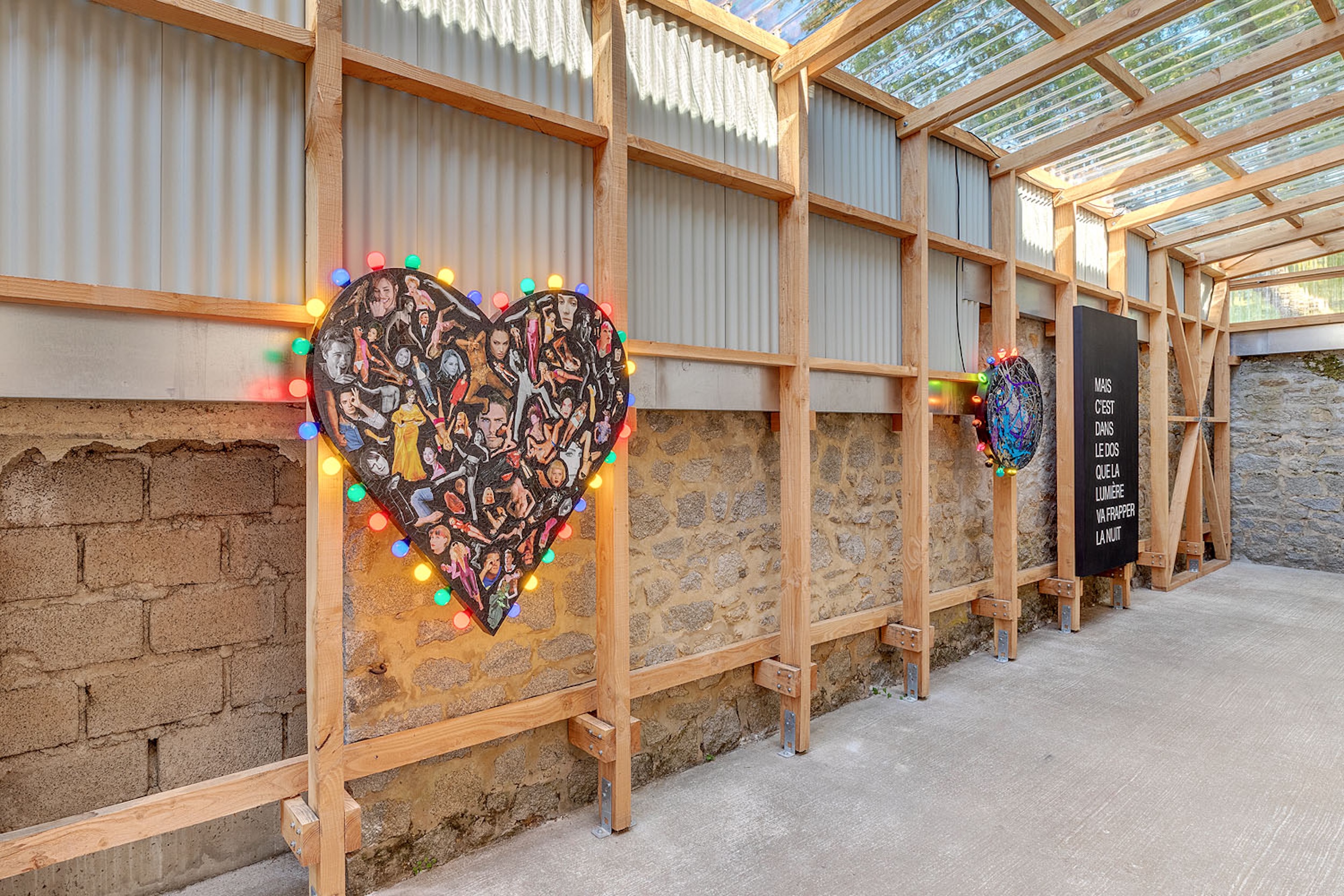
État des lieux de l’amour #1, 2019, wood, cut-out magazine pages, adhesive tape, LED,120 x 120 cm, Photo Romain Darnaud
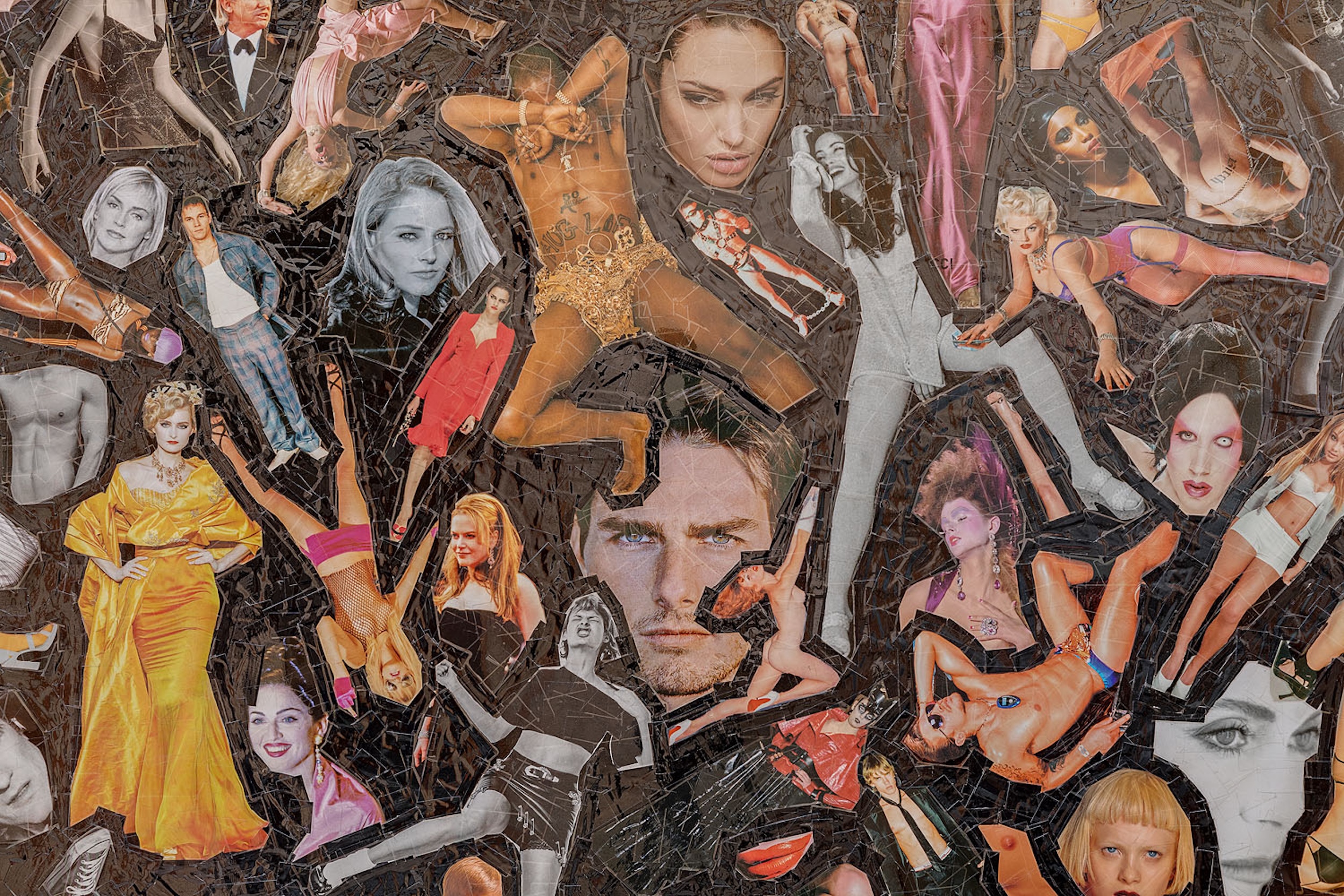
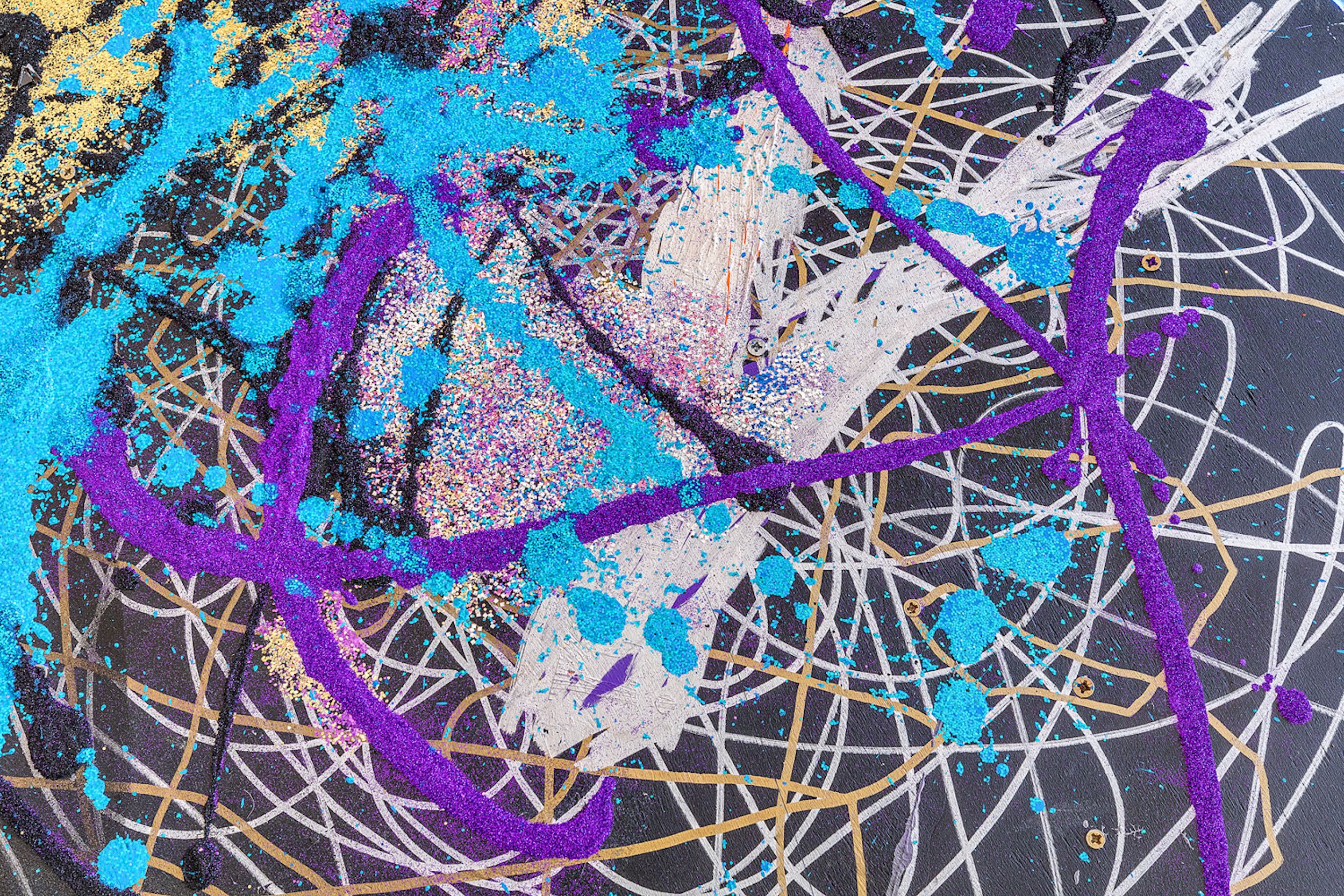
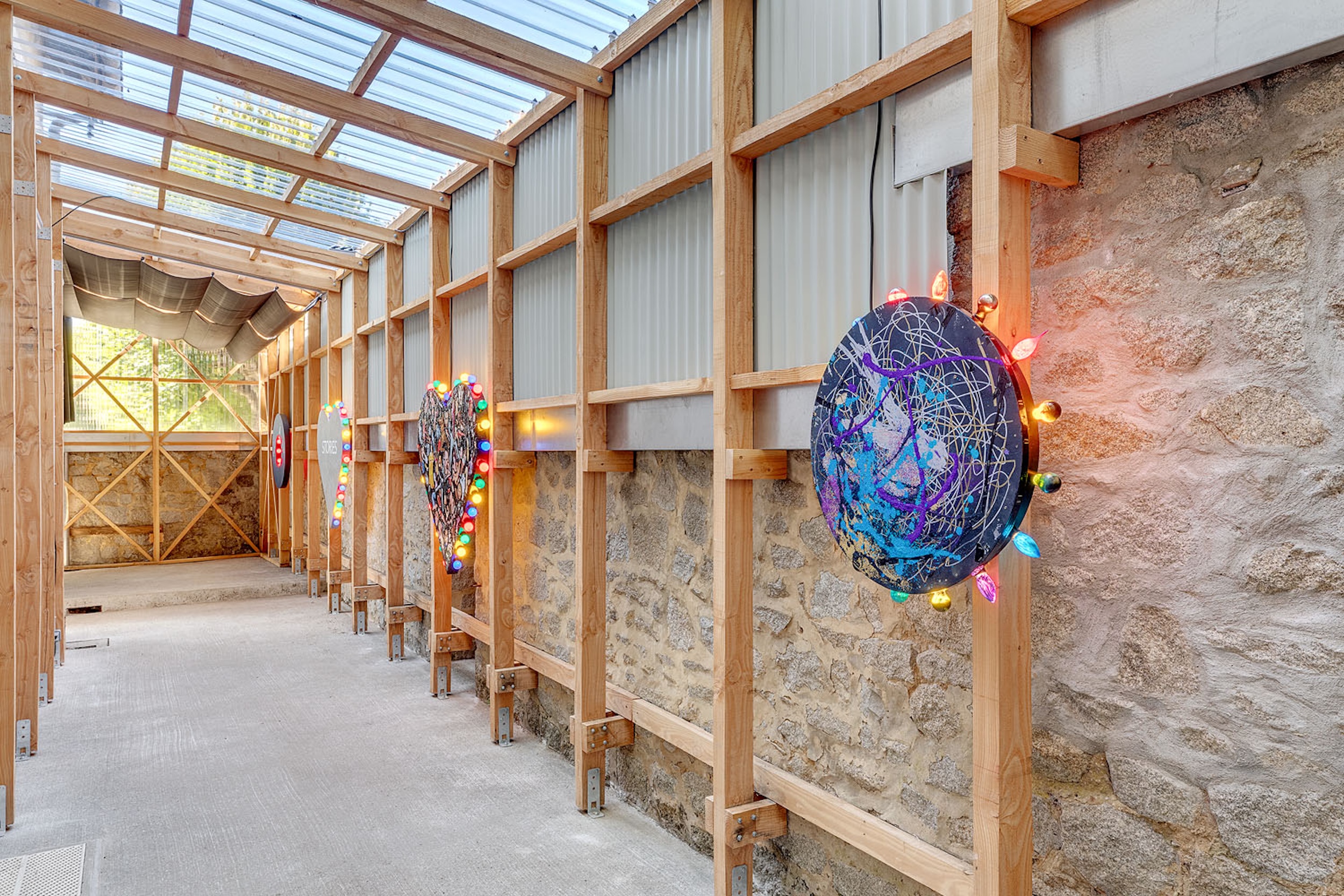
Objet sans explications, 2019, wood, acrylic, glitter, felt-tip pen, tape, LED, ø 75cm. Photo Romain Darnaud
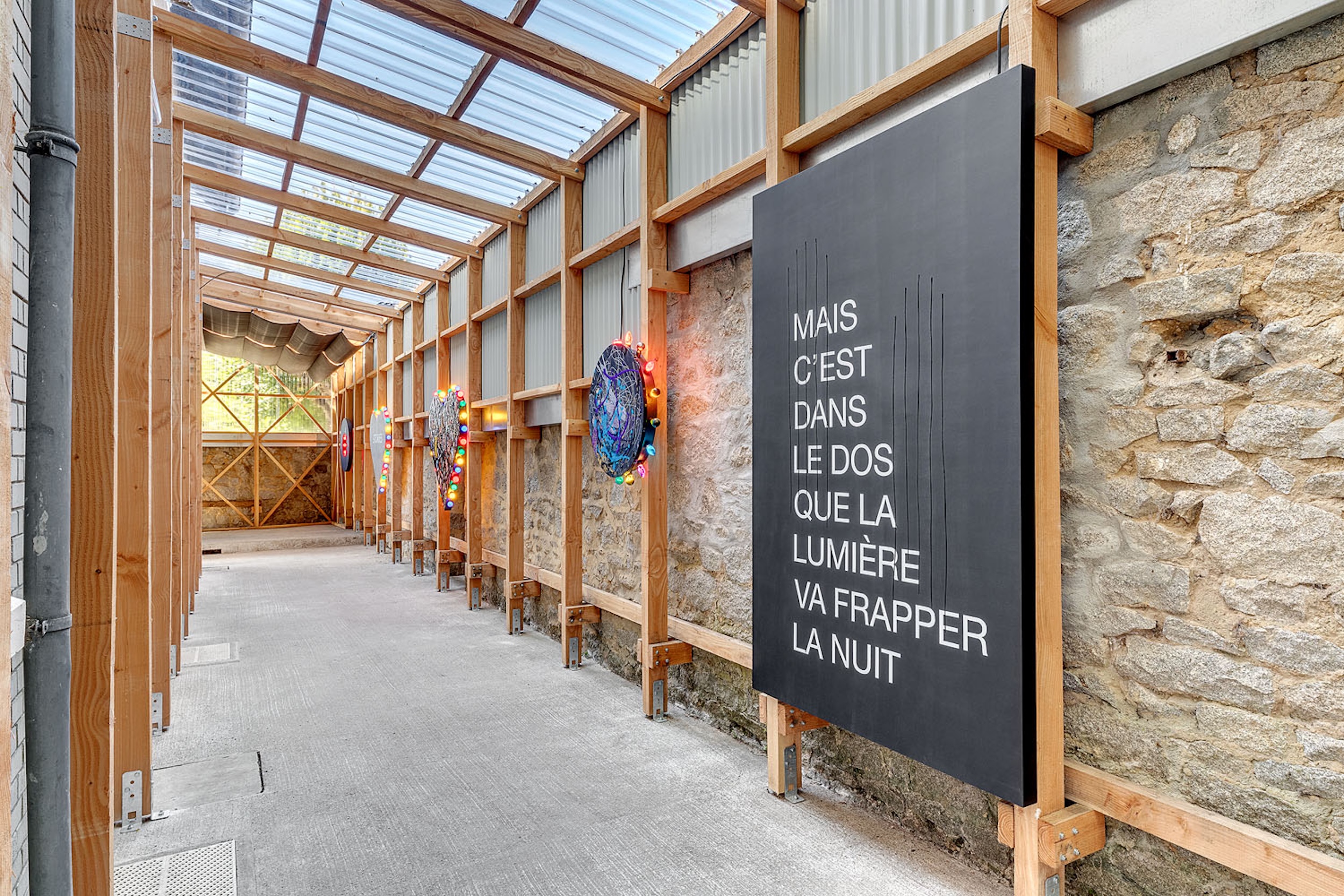
Never sleep again, 2017, wood, acrylic, LED, 200 x 120 cm. Photo Romain Darnaud
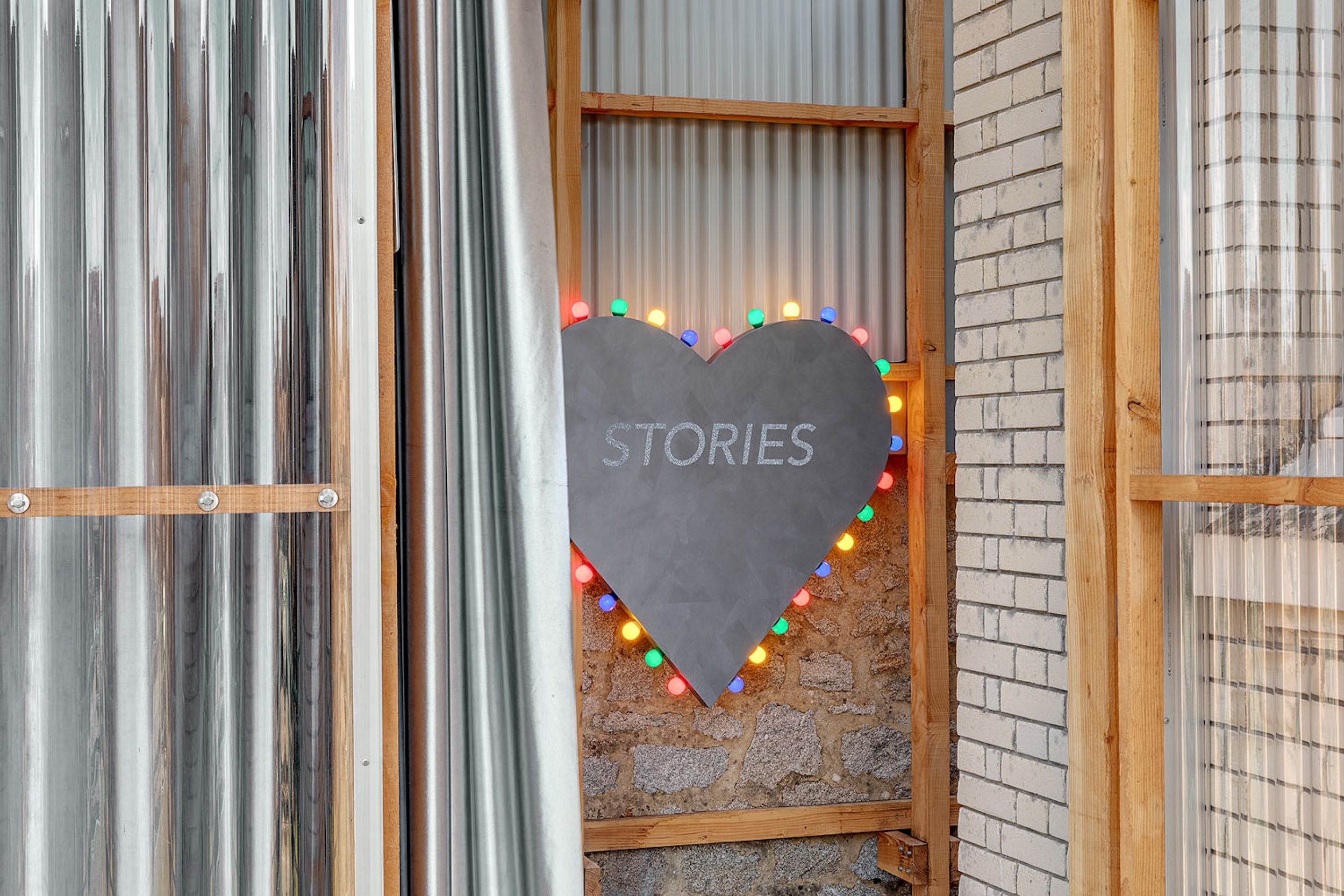
État des lieux de l’amour, 2019, wood, acrylic, glitter, LED, 120 x 120 cm, Photo Romain Darnaud
The Heart is a Lonely Smiley
Though Marcel Devillers’ practice is rooted in painting—through object-paintings in which words intermittently appear—it is often the question of enunciation and the materiality of narration that the artist explores. These works act as fragments of visual storytelling, using lettering, framing, or light-based installations, where volume, material presence, and layers continually shape his compositions, blending pop gestures with decorative elements and canvas.
With Etat des lieux de l’amour (State of Love Affairs), Marcel Devillers returns to the extended space of Les Bains-Douches, presenting a wall piece that merges stereotypical forms, arrangements of signs, and collage. The sentimental title echoes as an inventory of artistic strategies, where the artist offers a fragmented narrative infused with composite and baroque vocabularies. Through motif variations, the heart symbol merges with cartoon aesthetics and the signage or carnival format, with colored lightbulbs evoking a film dressing room vanity mirror, further adding to the iconoclastic tone. Mixing glossy effects and dripping paint, rhinestone glitter and black tape patina, this graphic and ambiguous aesthetic draws from Devillers’ declared taste for the borderline, referencing Verhoeven’s Showgirls and the lighting of Brian De Palma’s tracking shots.
Borrowing from the “blaster of wall” technique—a nod to adolescent bedrooms plastered with star posters—the viewer encounters these ‘90s tones through press cuttings of icons with a faded glamor. Like vessels for fiction and projections reflecting the world or a given era, Etat des lieux de l’amour unfolds a fantasized thread, reminiscent of a cut-up diary or biographical notes that serve as ghost labels.
As raw and organic reboots—crafted from remnants of past works—the new pieces in the exhibition align with a sense of seriality and a sequential vision of painting. In Devillers’ work, the notions of making and texture go hand-in-hand with cut-up methods and generalized collage, as seen in his writing style, which proceeds through layered images generating one another, interweaving into sensory drifts. Designed like immersive perceptions, these visual and atmospheric flows—narrated in the first person—share a logic of echoes where the intimate meets the generic, stylized rhythms blend with floating images. A way of being among elements and assembling them, much like the writer Jean-Jacques Schuhl describes: “I dream that the author might be a kind of receiver.”
Both cinematic and cosmetic, Etat des lieux de l’amour resembles Cool Memories, exploring hybrid dimensions of representation and the boundaries between genres. In a subliminal and prismatic fashion, Marcel Devillers’ wall works play with and scramble visual cues, circling around the idea of painting while deliberately maintaining ambiguity regarding the status of objects and narrative. The storyteller might then be Marcel the author or Devillers the artist—or both at once, and vice versa.